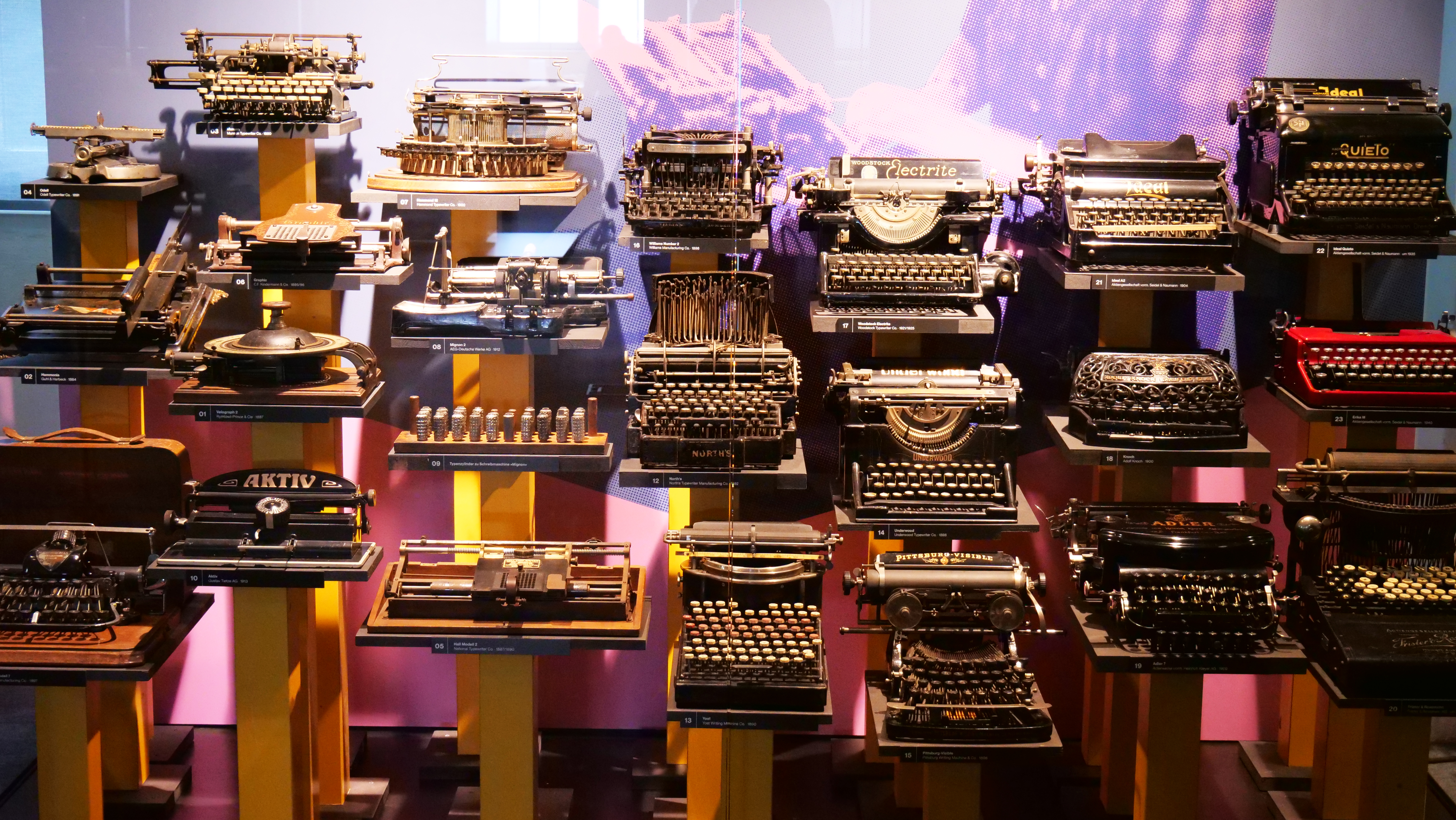Today, information travels around the world as a matter of course. The networking of digital data using computers, smartphones and the internet is the basis of our age. However, the fundamental inventions for computerised computing and writing go back a long way.
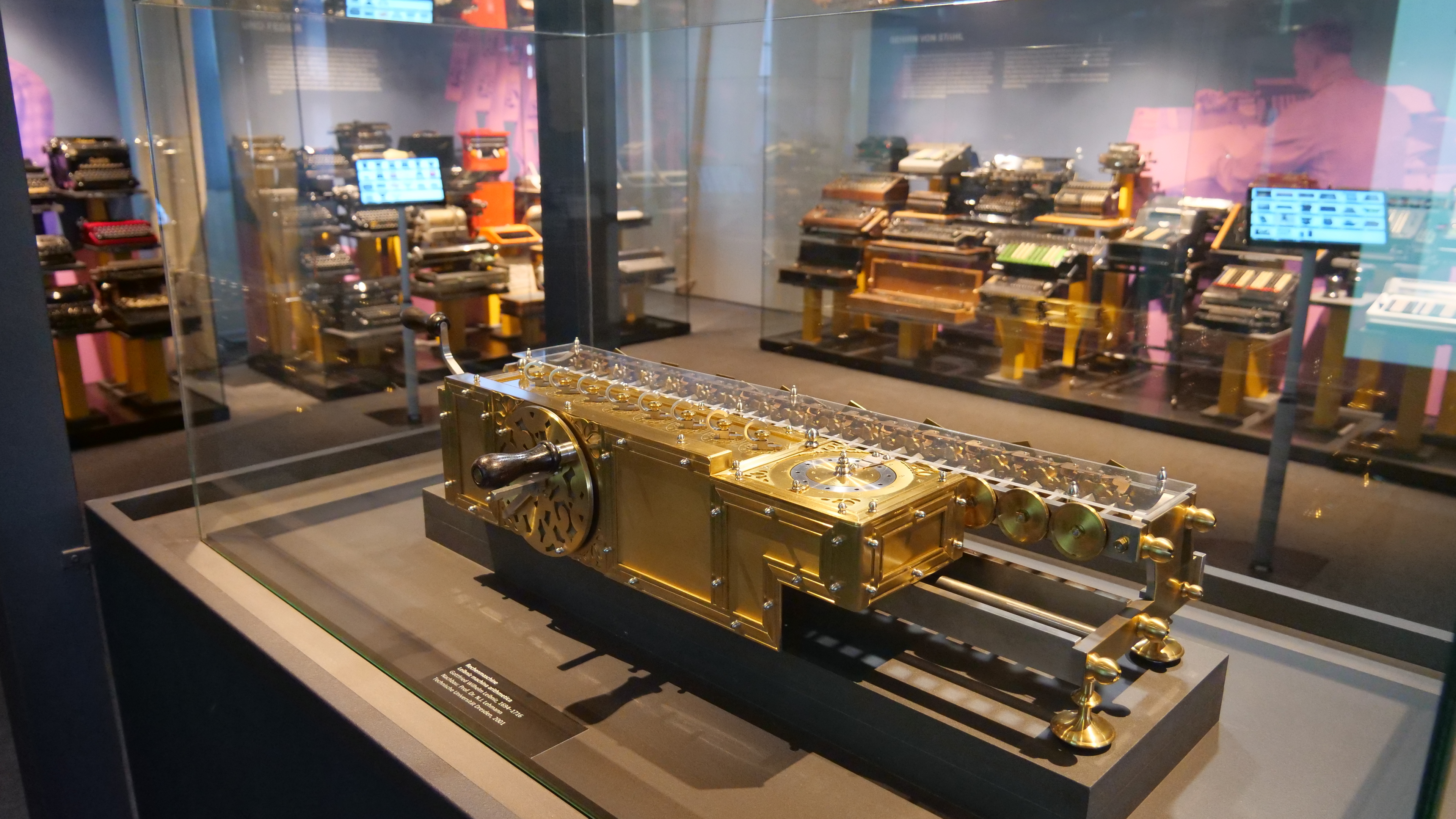
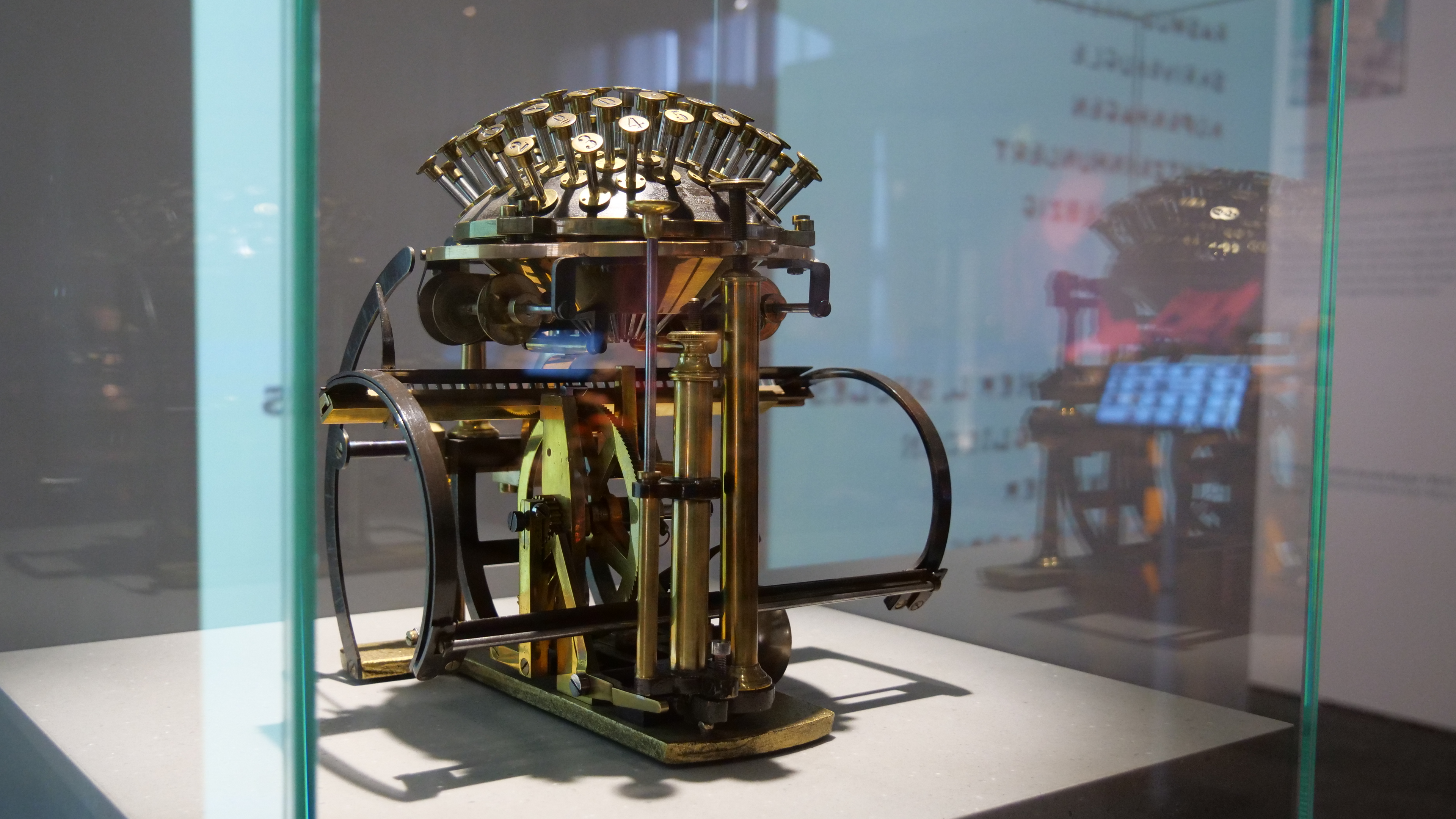
Electron computer of the GDR
After the Second World War, electronics marked a new era. The GDR's first electronic computers were built in Dresden, Chemnitz and Jena. However, the development and production of computers in East Germany was characterised by difficult economic and political conditions. Even though East German development was slow to keep pace with rapid international progress, desktop computers began to conquer the workplace in the 1980s and increasingly dominated leisure activities. Initially clunky and heavy, they later became portable and mobile.
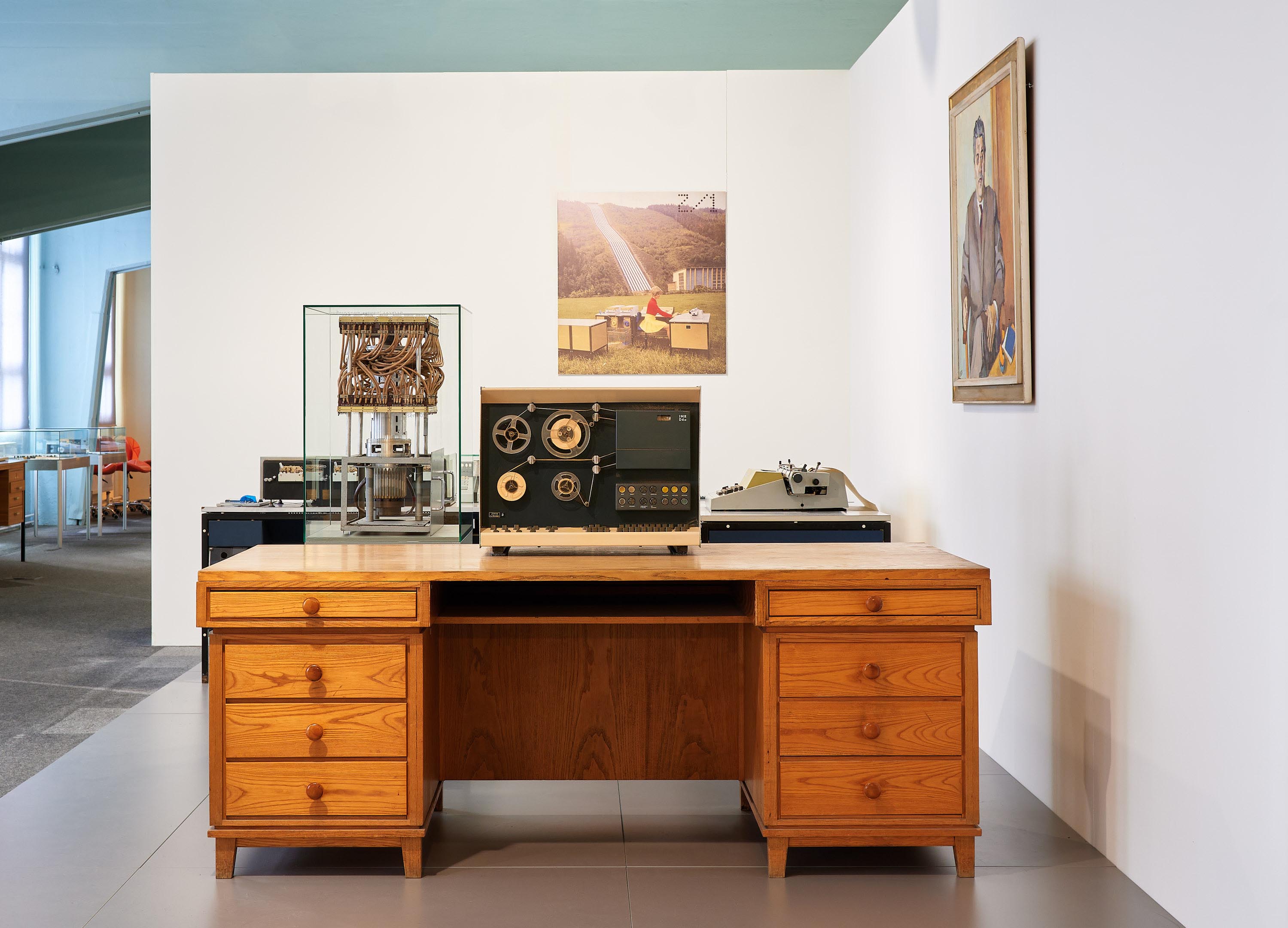
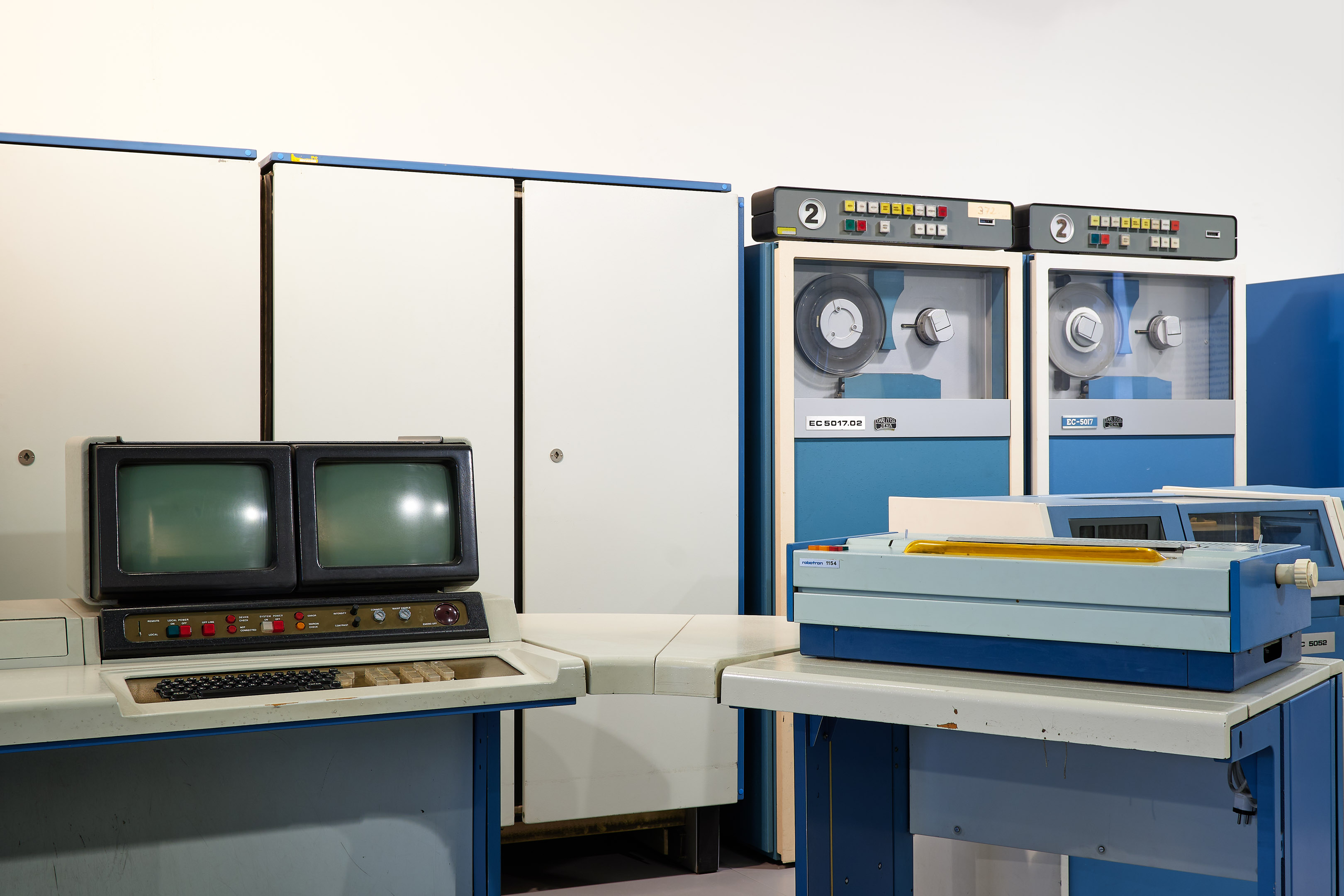
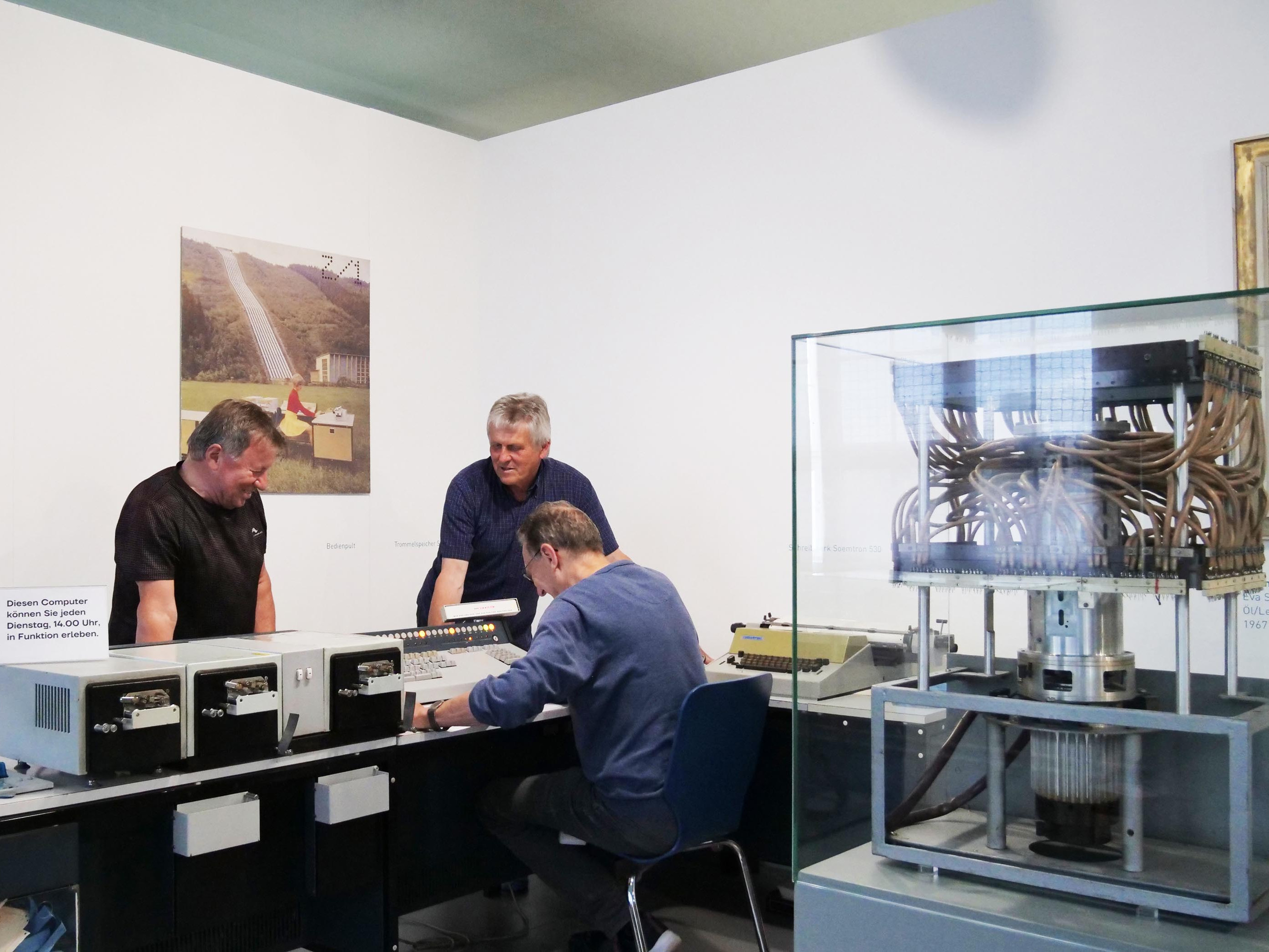
Robotron – Computer technology & industrial culture
Selected objects from the extensive museum collection, from the legendary R 300 mainframe computer from 1967 to the prototype of the GDR's first home computer »Z 9001«. The presentation of the Robotron products is accompanied by film and photo documents on the working world in the new industry and its current and popular scientific representation in film and on television. Computer pioneers from the Förderverein der Technischen Sammlungen Dresden present the milestones in the development of Robotron computers in short videos and show how they worked. In a short film essay, animated filmmaker Katrin Rothe searches Dresden's computer history for answers to the question of the future relationship between working people and intelligent machines.
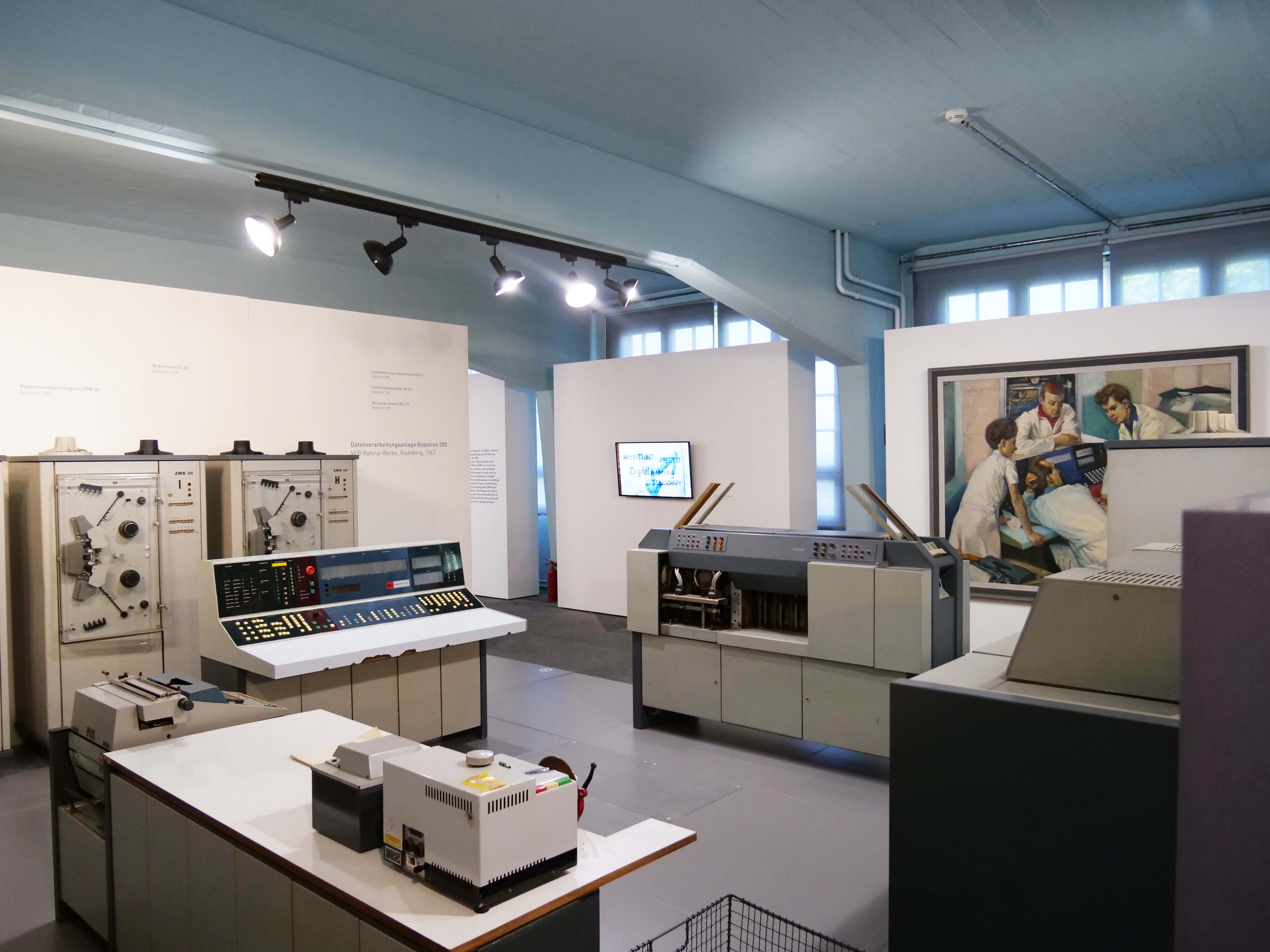
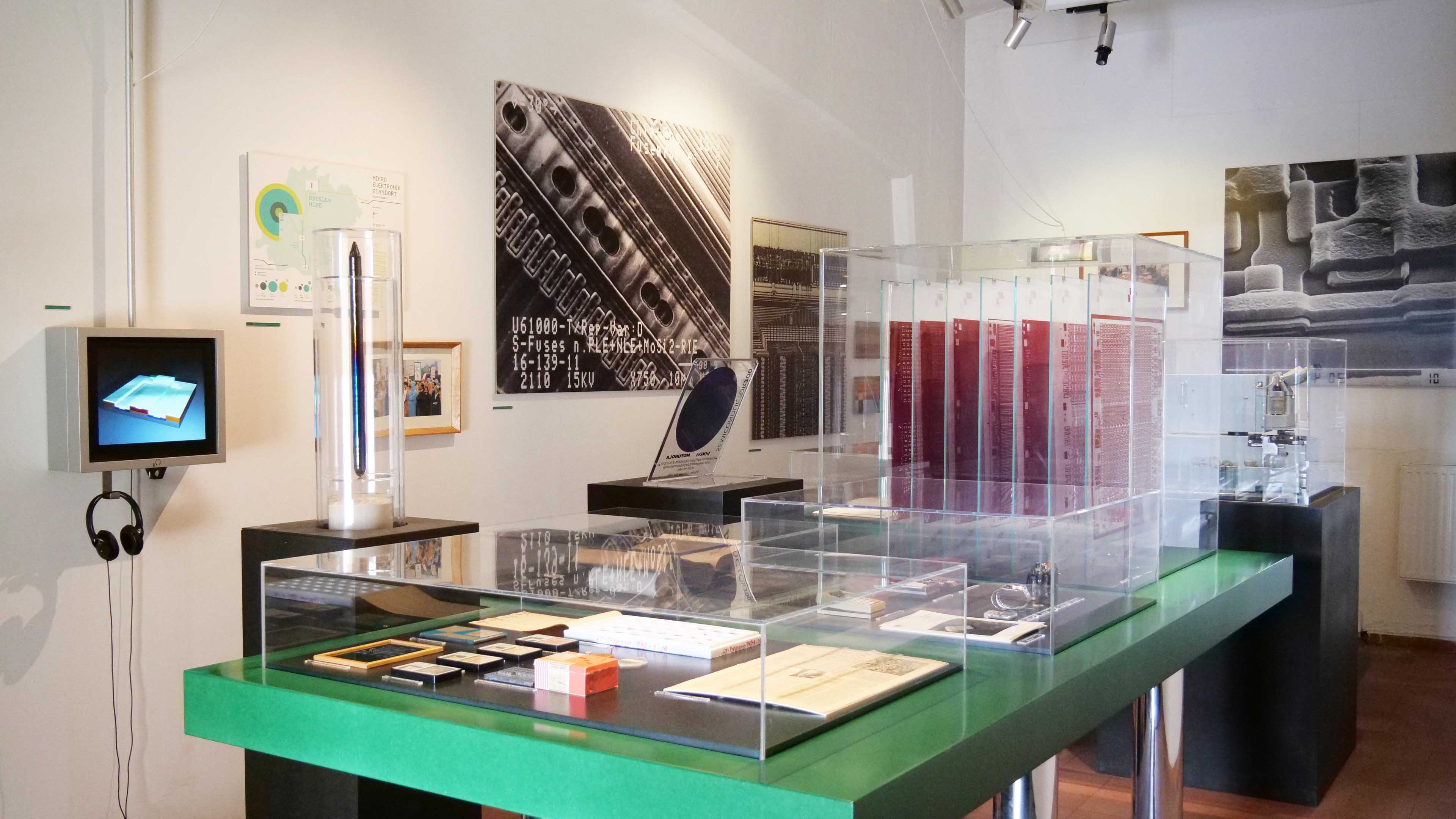
Exhibition dates
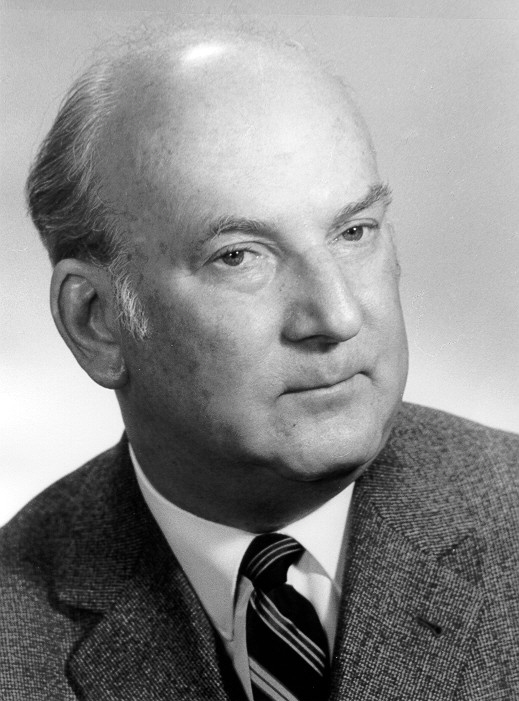
Werner Hartmann: Founder of microelectronics in East Germany
Book launch followed by a panel discussion
Greeting: Katrin Stump, General Director of the SLUB Dresden
Panel discussion with:
- Dr Hans Becker, author and former employee of Werner Hartmann at the Dresden Molecular Electronics Centre
- Prof. Dr Günter Dörfel, former doctoral student and employee of Werner Hartmann at VEB Vakutronik Dresden
- Dr Wolfram Drescher, entrepreneur and business angel in the Dresden semiconductor cluster
Moderation: Dr Ralf Pulla, Curator of the Dresden Technology Collections
























